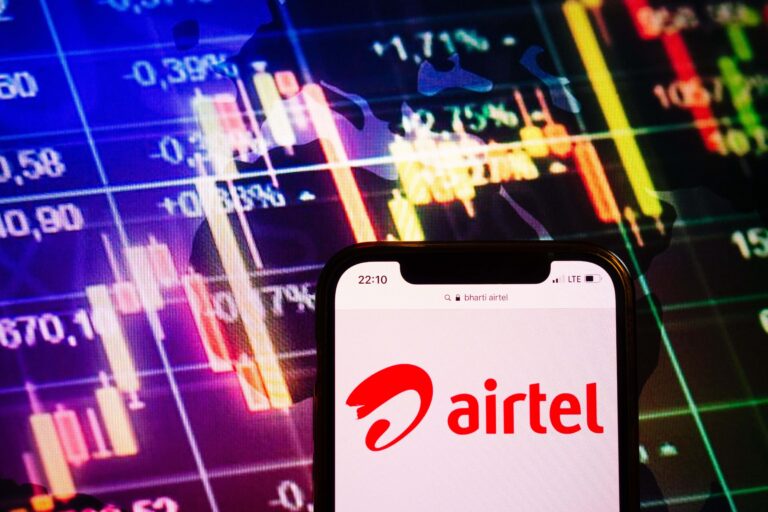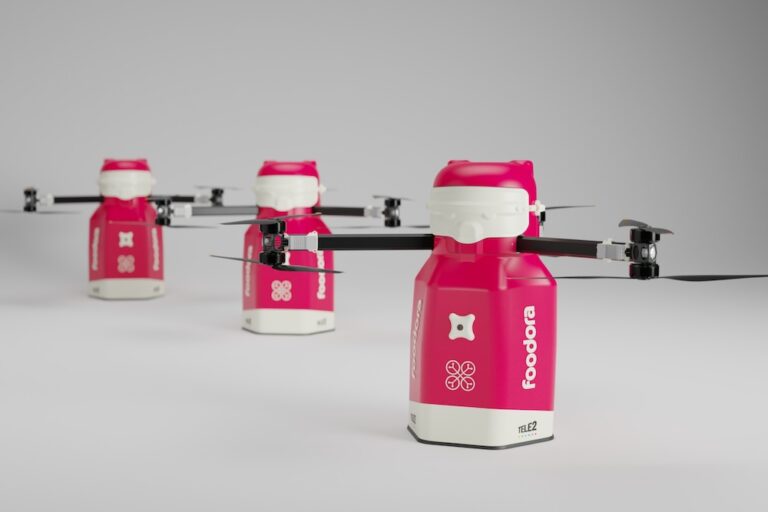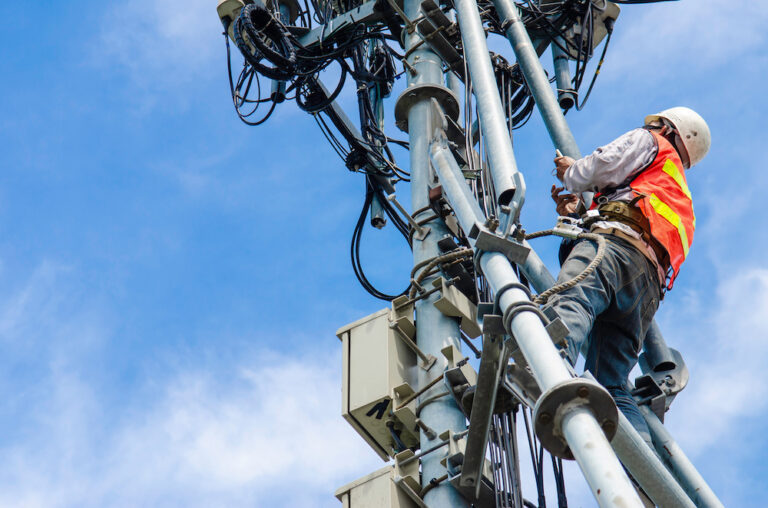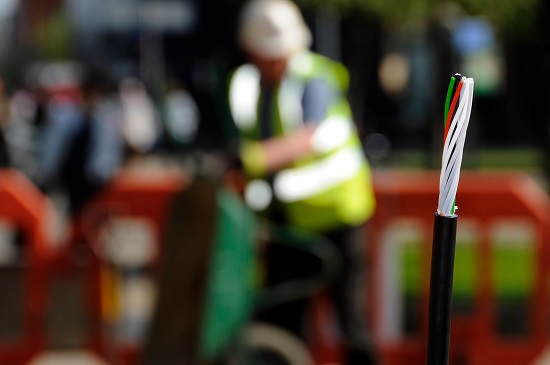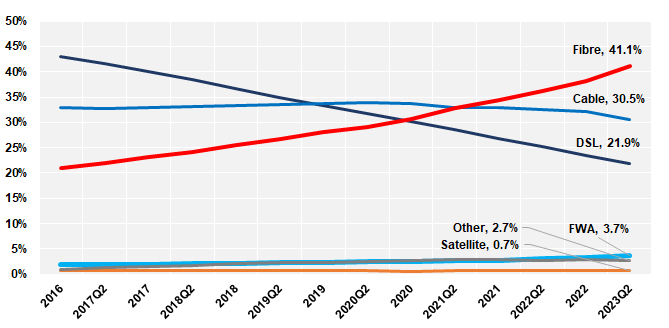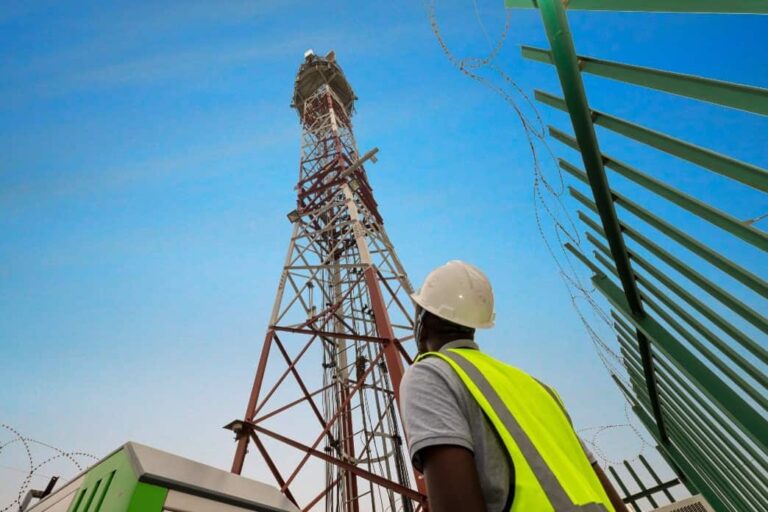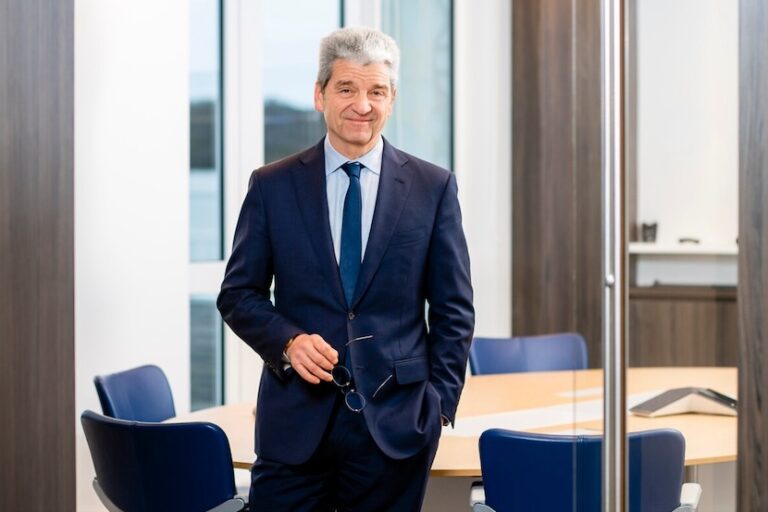Partner content: How can automation help to meet the complexity, scalability, and agility requirements of dynamically orchestrated services?
The evolution of 5G offers operators and service providers significant revenue opportunities, particularly from new use cases for B2B and enterprise customers. Specifically, network slicing – which 5G Standalone (SA) makes commercially viable at scale – and private networking will support myriad B2B opportunities across multiple verticals. In fact, B2B revenues will be key to the success of 5G as a commercial service.
Slicing key to 5G SA B2B services
Network slicing is seen as key to unlocking the potential of 5G by providing multiple performance dimensions, with each slice optimised – in terms of capacity, xNF (Network Function) selection, and configuration – for separate use cases, such as low-latency, mission-critical autonomous vehicles or less demanding IoT applications (and everything in between). Slicing offers operators and service providers a palette on which they can deliver customised, differentiated services – on demand and on request.
That’s why, according to Rethink Research, the network slicing revenue opportunity for operators, enterprises, and their technology providers will grow from essentially nothing in 2022 to $23.6 billion by 2030. The Media & Entertainment sector currently leads the way, followed by Others (reflecting the broad diversity of use cases and applications), and Manufacturing.
However, while 5G brings significant opportunity, it also brings challenges. Concepts such as Software Defined Networking (SDN), Virtual Network Functions (VNF) and Mobile Edge Compute (MEC) add a whole new level of complexity over previous technology generations.
But it’s not just technological challenges that 5G brings. Competitive advantage in the 5G era will be dictated by the speed at which CSPs can design, create, launch, retire, provision, sell, assure, and commercialise innovative 5G offers. This requires substantial flexibility and agility. In turn, this demands the dynamic orchestration of network services throughout the lifecycle within a multi-vendor environment.
The only way that CSPs can match the complexity and performance requirements for dynamically orchestrated services and network slices, while achieving the flexibility and agility required from a strategic perspective, is through automation.
Handling complexity and agility
If we think about some of the verticals that CSPs and MNOs might serve in the 5G SA era, it quickly becomes clear that each vertical (and each application within each vertical) demands very different characteristics. For example, a smart port might have very different performance, capacity, and QoS requirements than a self-driving vehicle, an IoT estate, or an agricultural use case (to name just a few verticals).
Of course, this is where the strength of network slicing lies – providing tailored, dedicated resources to a single customer, application, or service, each with different requirements in terms of performance, availability, automation, flexibility, security, scalability, and so on. In turn each slice, or network service, will have different QoS, QoE, and KPI requirements.
Importantly, the customer does not care how the service is delivered. But what they do expect is speed, delivery, capacity, scalability, performance, optimised KPIs, robustness and resilience, and so on. When a customer requires a service, they expect to access it quickly, and expect it to provide the required performance and operational parameters. They also expect it to change to meet their own (and their customers) changing demands, without fuss and without human intervention. So how can providers achieve this?
Automation is imperative
Automation is the only option that enables service providers to instantiate, manage, orchestrate, and retire services and slices throughout the lifecycle accurately and at speed in a dynamic manner.
For example, IoT services offer a huge opportunity – according to Finances Online, there will be more than 25 billion connected IoT devices by 2030 (up from an estimated 14 billion today). CSPs and telcos are in a unique position to deliver new IoT services. But, the IoT environment is a complex web of interconnected devices.
Automation not only helps service providers to access the lucrative IoT market, but it is also imperative for orchestrating services throughout the lifecycle. Furthermore, it enables CSPs to add new services incrementally, or to adapt existing services according to changes in demand. In a further case, automation could help to integrate different IoT estates dynamically and with zero-touch – for example, as the result of IoT service provider M&A.
An alternative scenario might relate to the emerging B2B2X business model, whereby B2B services are delivered to any end user (the ‘X’), which could be customers, retailers, partners, suppliers, or any other entities, in any vertical.
This mix of ‘B’s adds value and enhances the offer to the customer base. So, a CSP might reach out to another service or content provider to build new business relationships and partnerships. In this case, automation could dynamically integrate partner offers into a broader service package – according to demand or for premium customers, for example – without disrupting the existing set.
Automation platform
Put simply, to monetise 5G requires automation throughout the technology stack to ensure that customer KPIs are met, to meet changing customer demands, and to enable service providers to offer a rich set of innovative, differentiated services, across multiple verticals within a multi-vendor environment.
We Are CORTEX offers a platform for automation of operational processes. Our platform provides the reusable tools and capabilities to automate anything – from orchestration to process management. In turn, it gives CSPs the flexibility and agility to build, manage, and use their own library of process fragments (reusable automation/function chains) to reduce time-to-market, improve efficiency, gain automation independence, and meet the demands of dynamic network slicing.
DOWNLOAD THE FULL WHITEPAPER TO DISCOVER MORE
We Are CORTEX are global leaders in advanced automation and orchestration. Established in 1999, and focused exclusively on the telecommunications sector, the experience, and unrivalled, purpose built capabilities make CORTEX the choice for some of the worlds largest operators. CORTEX help CSPs automate at scale, achieving strategic automation objectives, providing a commercial edge in a highly competitive world.


